Cat Myths Busted: What Your Cat *Really* Wants You to Know
You know, after years of working with cats—from tiny kittens in vet clinics to big, misunderstood tabbies in people’s homes—I’ve pretty much heard every cat theory under the sun. It’s wild how many ideas get passed down that, honestly, don’t quite line up with the little predator purring on the couch.
In this article
- Myth 1: Cats Just Aren’t That Affectionate
- Myth 2: Cats Are Basically Self-Cleaning Cacti
- Myth 3: You Should Give a Cat a Saucer of Milk
- Myth 4: Cats and Dogs Are Born to Be Enemies
- Myth 5: You Just Can’t Train a Cat
- Myth 6: Cats Always Land on Their Feet
- Myth 7: Cats Are Up All Night on Purpose
- Myth 8: Spaying or Neutering Makes Cats Fat
- Myth 9: Cats Are Solitary and Don’t Like Other Cats
- Inspiration:
Getting a cat’s real personality wrong isn’t just a small mix-up. It can lead to a stressed-out kitty, mystery health issues, and a bond that never quite clicks. So, let’s get into it. We’re not just busting myths; we’re swapping them out for practical, real-world advice that will genuinely make life better for you and your cat.
The secret is learning to see the world from their level. A hiss isn’t a cat being mean; it’s a cat saying, “I’m terrified!” And that puddle next to the litter box? It’s not spite. It’s often a cry for help, signaling a medical problem or that something in their environment is seriously wrong. Let’s decode what’s really going on.
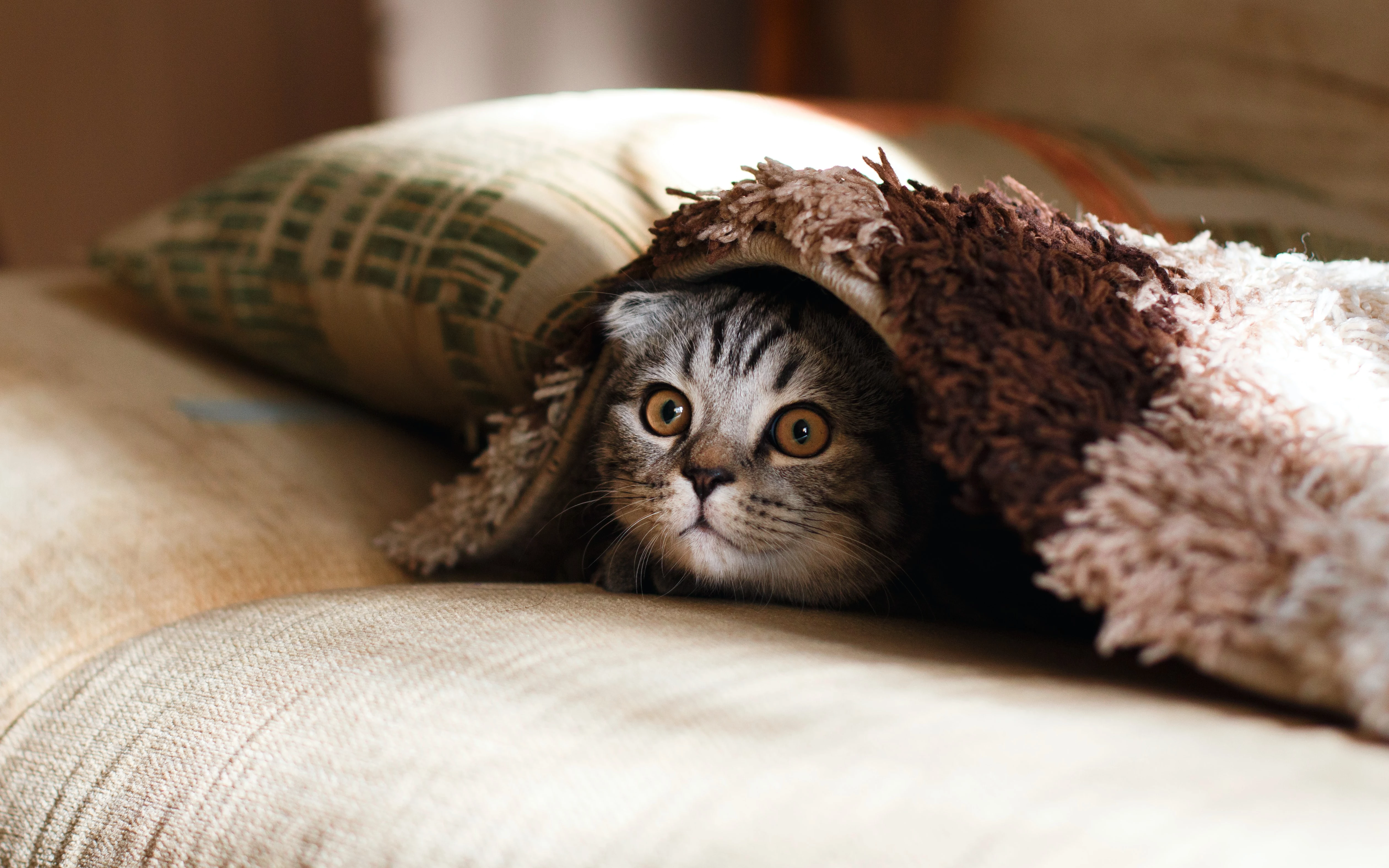
Myth 1: Cats Just Aren’t That Affectionate
Oh, this one is a classic. It probably comes from people expecting a dog’s over-the-top, tail-wagging welcome. When a cat gives them a slow, deliberate blink from across the room, they see it as cold. But here’s the thing: that slow blink is a huge deal. In cat language, it’s basically a kiss.
How Cats Really Show Love
Cats have a different social playbook than dogs. Their signals are quieter, more subtle, and built on trust. Once you learn their language, you’ll see they’re practically shouting their affection from the rooftops.
Look for these tell-tale signs of a happy cat:
- Head Bunting: When your cat purposefully presses and rubs their head or cheeks against you, they’re leaving their scent on you. This is a profound social gesture that marks you as a trusted part of their inner circle. It’s their version of a hug.
- Purring: Of course, cats purr when they’re happy! (Heads up: they also purr when in pain, but you can tell the difference. A content purr comes with a relaxed, melty body, while a pained purr happens when they’re tense and withdrawn.)
- The Tail-Tell Signs: A tail held high with a little question mark-shaped hook at the tip is a super friendly “hello!” If the tail is quivering, they are absolutely ecstatic to see you.
- Making Biscuits: That rhythmic kneading on a blanket or your lap is a sweet little throwback to their kitten days. It’s a sign of pure comfort and contentment.
I once helped a family with a tabby who they were convinced hated them. He’d never sit on their laps and would bolt if they pet him for more than a few seconds. I watched them interact, and they were approaching him head-on, reaching over him, and patting him firmly like a golden retriever. The cat’s ears would flatten, his tail would start twitching… classic signs of being overwhelmed.
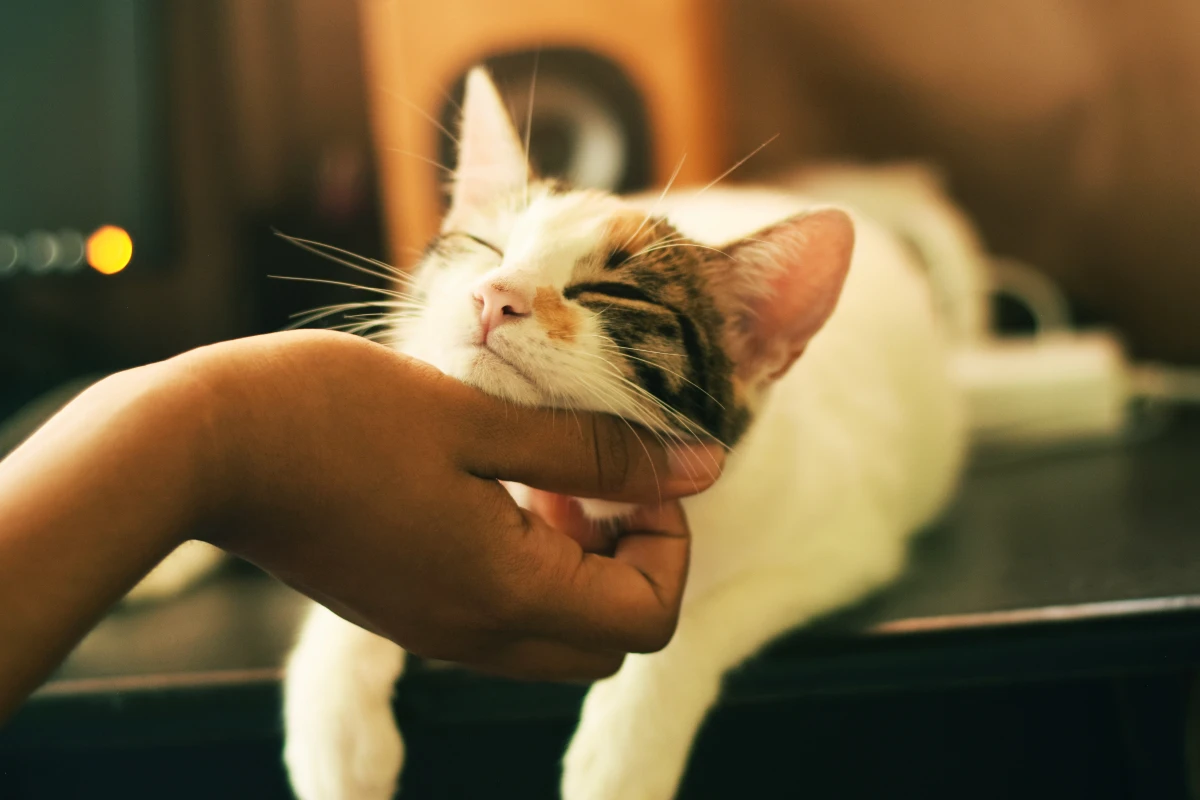
I showed them how to just offer a finger for him to sniff first. To let him make the first move. We literally practiced ignoring him for a bit. And what do you know? Within twenty minutes, the cat hopped up on the sofa, walked over, and bonked his head right into the owner’s arm. They were floored. They were trying to show love in a human way, not a cat way.
Try This Tonight: The Slow Blink Challenge
Here’s a fun little experiment. The next time you’re relaxing and your cat is looking at you from across the room, slowly close your eyes, hold them shut for a second, and then slowly open them. Don’t stare. It’s a soft, gentle gaze. If they do it back, you’ve just had a successful conversation. You’ve both said, “I trust you.”
Myth 2: Cats Are Basically Self-Cleaning Cacti
This idea that cats are “low-maintenance” is probably the most dangerous myth out there because it leads to unintentional neglect. People figure that since you don’t have to walk them, a big bowl of food and a litter box are all they need. That couldn’t be more wrong. Cats are complex animals with rich emotional and physical needs.
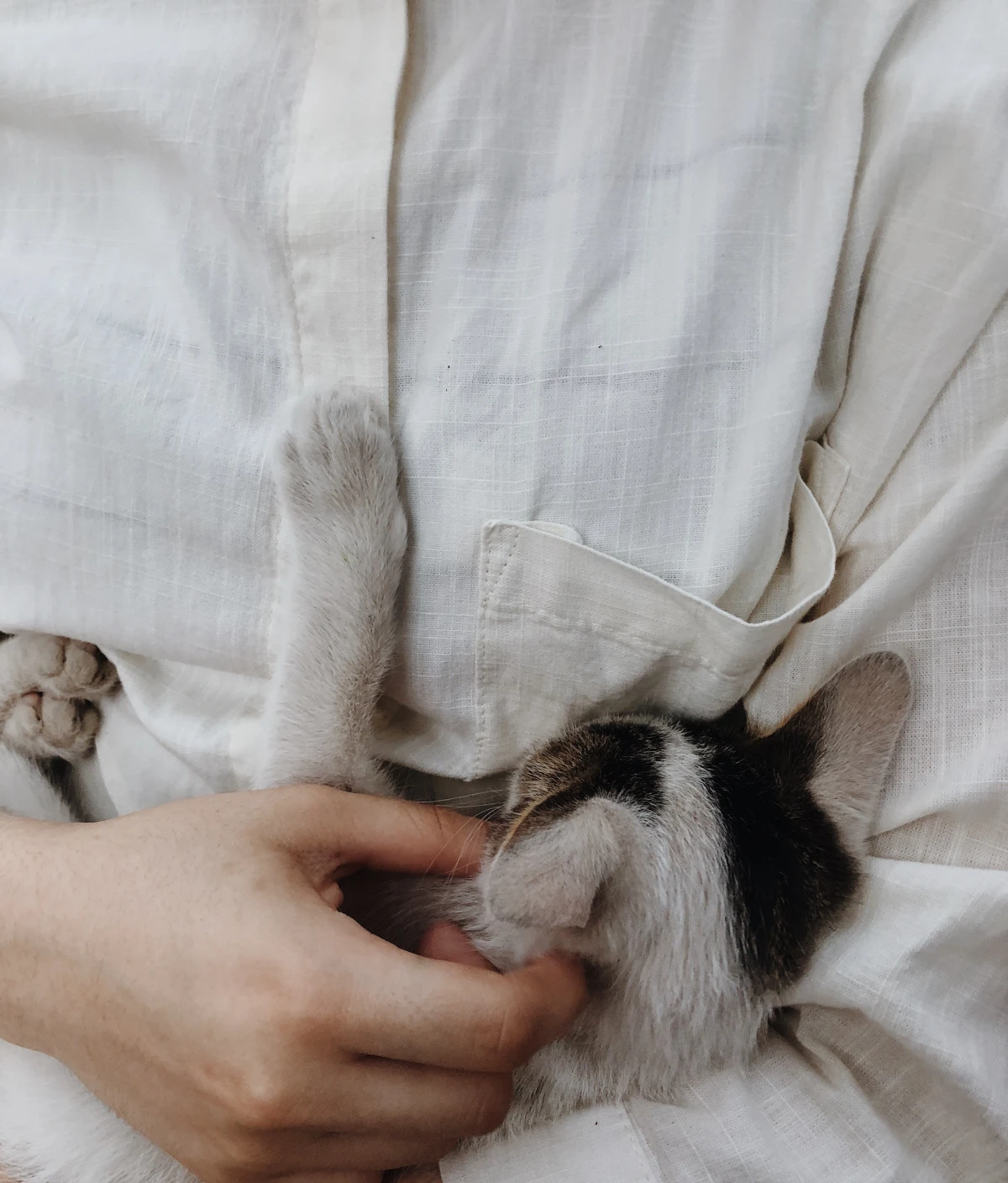
The Real Work of Cat Ownership
Proper cat care is a daily gig. It’s not less work than having a dog; it’s just different work. Keeping them happy and healthy means active engagement.
A bored cat is a destructive cat. A lot of so-called “bad behaviors” like scratching the sofa to shreds or constantly hiding are just signs of an under-stimulated environment. Here’s a basic shopping list to get you started:
- A Good Scratching Post: Cats need to scratch. Get them something they can shred. A sturdy sisal post (vertical) or a simple cardboard scratcher (horizontal) works great. Expect to spend between $20 and $60 depending on quality.
- Vertical Space: A cat tree is non-negotiable. It gives them a safe place to survey their kingdom. You can find decent ones for around $70, or go all out with a ceiling-high model for $150+.
- Interactive Toys: A wand toy is essential for playtime. Something like “Da Bird” with its feathers that mimic real prey is a huge hit and usually costs around $10-$15.
- Puzzle Feeders: These engage a cat’s hunting instincts. You can buy a Trixie Activity Board for about $20-$30, or get creative! Budget tip: Make a simple puzzle feeder by poking some holes in a toilet paper tube, filling it with kibble, and folding the ends. Instant fun.
And let’s not forget the litter box. It needs to be scooped at least once a day—no exceptions. A cat’s sense of smell is incredibly powerful, and a dirty box is a major source of stress that can lead them to go elsewhere. The golden rule is one box per cat, plus one extra.
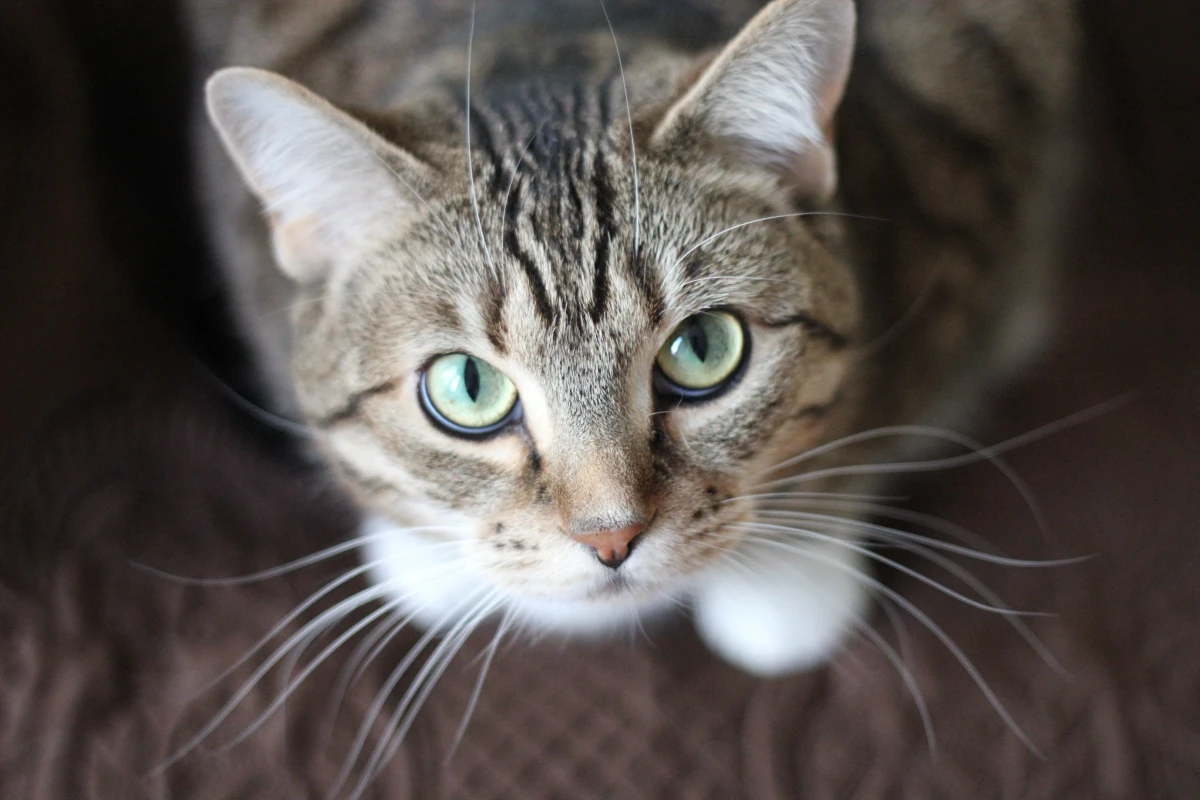
Myth 3: You Should Give a Cat a Saucer of Milk
The image of a cat lapping up a bowl of milk is pure storybook fiction. While kittens drink their mother’s milk, most adult cats lose the enzyme needed to digest lactose. In short, they’re lactose intolerant.
Giving an adult cat cow’s milk can lead to some pretty nasty stomach cramps, gas, and diarrhea. For a tiny kitten, that kind of severe diarrhea can cause dehydration and be incredibly dangerous.
So what do you do if you find an orphaned kitten? Never, ever give it cow’s milk. You need to get a specific Kitten Milk Replacer, often called KMR. You can find brands like PetAg at any pet store or online at Chewy.com. A can of powder will likely cost around $15 to $20 and is formulated to give them what they actually need.
For your adult cat, the best drink is always fresh, clean water. A quick tip: many cats prefer running water, so a pet water fountain (which can cost between $25 and $50) can be a fantastic investment to encourage them to drink more and support their urinary health.
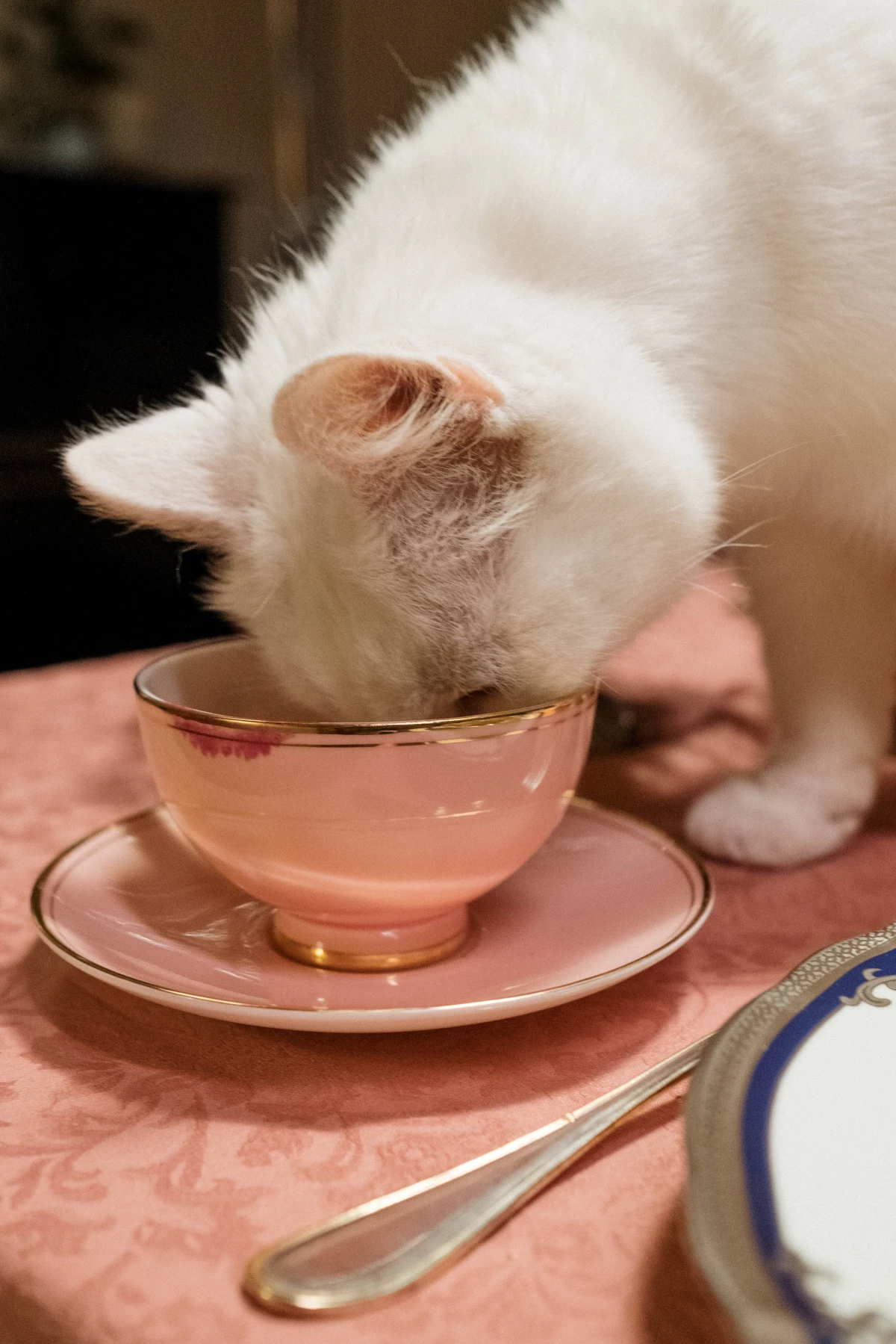
Myth 4: Cats and Dogs Are Born to Be Enemies
While some personalities will just never mix, the whole “fighting like cats and dogs” thing is usually the result of a botched introduction. With patience, many cats and dogs can learn to live together peacefully and even become best friends. It all comes down to a slow, careful process.
Throwing them together and hoping for the best is a recipe for disaster. Here’s how to do it right:
- Total Separation & Scent Swapping (1-2 weeks): Keep the new cat in a separate room with all their stuff. This lets them get used to the new house without the stress of a dog. Rub a towel on the dog and put it in the cat’s room, and vice versa. Let them get used to each other’s smell first.
- Visuals without Contact (Another 1-2 weeks): Use a baby gate (or two stacked on top of each other) so they can see each other without being able to touch. Keep these sessions short and sweet, and give them both high-value treats to create a positive association.
- Leashed, Supervised Meetings (Gradual): Once they’re both calm, allow very short meetings in a common area with the dog on a leash. Let them sniff, but be ready to separate them calmly. End on a good note, before anyone gets stressed.
- Building Trust: Always make sure the cat has an escape route—a cat tree, a shelf, or a piece of furniture the dog can’t get to. Never leave them alone together until you are 100% certain they’re safe and comfortable. The whole process can take a few weeks or even a few months. Don’t rush it!
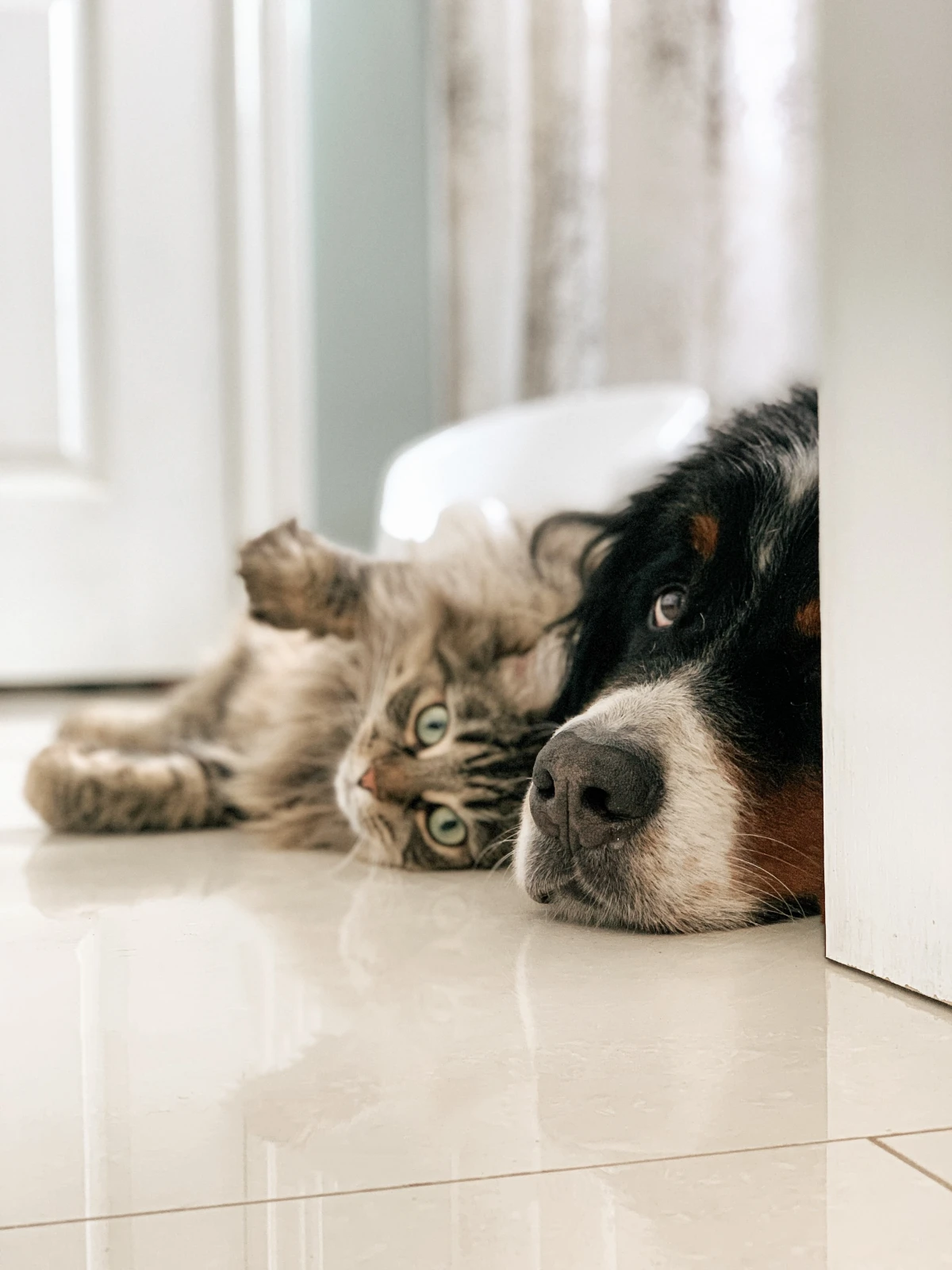
Myth 5: You Just Can’t Train a Cat
This is so untrue! People just try to train cats like they’re dogs, and it backfires. Cats aren’t really motivated by pleasing you; they’re motivated by what’s in it for them. Punishment will only make them scared of you. But positive reinforcement? That works like a charm.
Clicker training is a fantastic tool. The “click” marks the exact moment your cat does the right thing, and you follow it with a treat. They learn fast!
Want to start? First, you have to “charge the clicker.” It’s super simple:
- Get a clicker (they’re less than $5 online) and some high-value treats your cat loves.
- Sit with your cat. Click the clicker once, and immediately give them a treat. Don’t ask them to do anything. Just click, then treat.
- Repeat this 10-15 times. That’s it! Your cat now associates the sound with a reward.
Once the clicker is charged, you can start using it to mark behaviors you like, from sitting to coming when called to voluntarily walking into their carrier. Keep training sessions short—just a few minutes at a time—and always end on a high note.
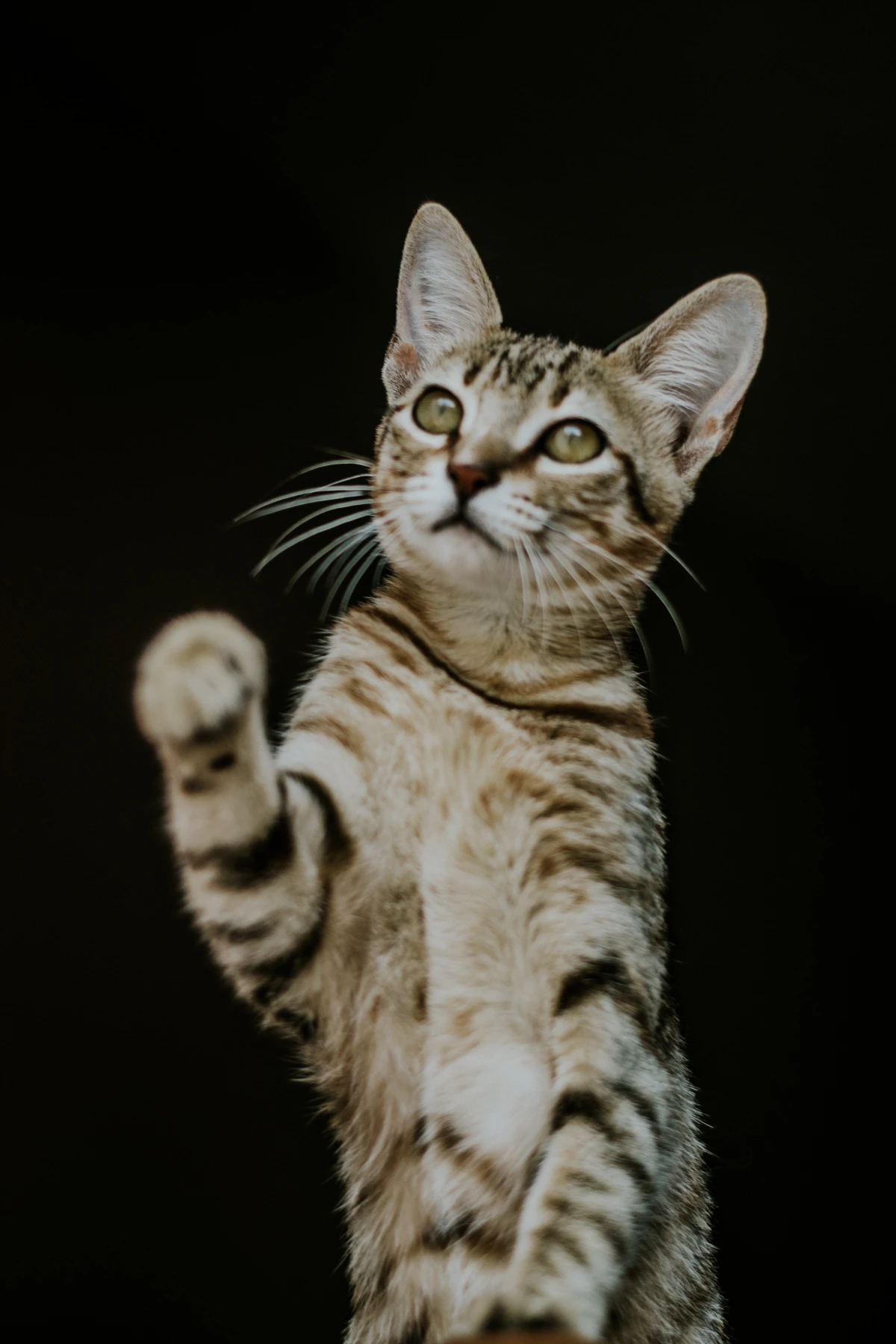
Myth 6: Cats Always Land on Their Feet
This is a terrifyingly dangerous myth. Yes, cats have an amazing “righting reflex” that helps them twist in the air to land on their feet. But it’s not magic, and it doesn’t prevent injury. From a short fall, they may not have time to twist. From a high fall, the impact has to go somewhere.
Vets even have a name for the pattern of injuries: “High-Rise Syndrome.” It includes broken legs, shattered jaws, punctured lungs, and internal bleeding. I once saw a cat brought into an emergency clinic after a fall from a fourth-floor window. He landed on his feet, but the force fractured his jaw and caused massive internal damage. The family was devastated; they thought he’d be fine. He survived, but only after thousands of dollars in surgery and a lot of trauma that was completely preventable.
Please, I’m begging you: make sure all your windows have secure screens. Don’t rely on your cat’s agility to keep them safe.
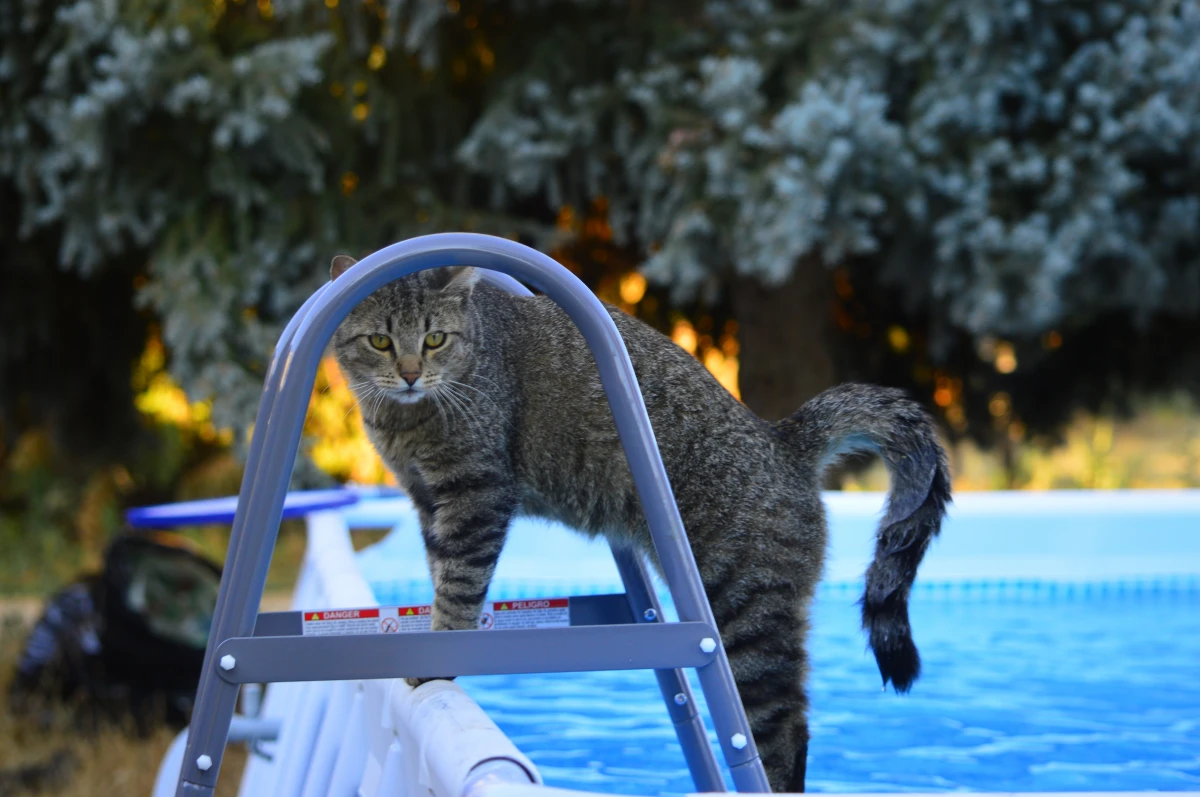
Myth 7: Cats Are Up All Night on Purpose
If you’re being woken up at 5 a.m. by a pouncing, yowling fluffball, you might assume cats are nocturnal. They’re actually not; they’re crepuscular. All this means is that they are hardwired to be most active during the twilight hours of dawn and dusk. That’s when their natural prey would be out and about. Your cat isn’t being a jerk; they’re just following their internal clock.
You can adjust their schedule! If you’re tired of the feline alarm clock, try this routine:
- Play hard before bed. Have a vigorous, 15-minute play session with a wand toy right before you turn in for the night. Really let them hunt, chase, and “kill” the toy.
- Feed a meal after play. This completes the natural hunt-catch-eat-groom-sleep cycle. A full belly encourages a long, deep sleep.
- Ignore the morning antics. This is the hard part. If you get up and feed them when they yowl, you’re teaching them that yowling works. Ignore it for a few days, and they’ll learn it’s no longer effective. An automatic feeder set for dawn can be a lifesaver here, redirecting their attention from you to the machine.
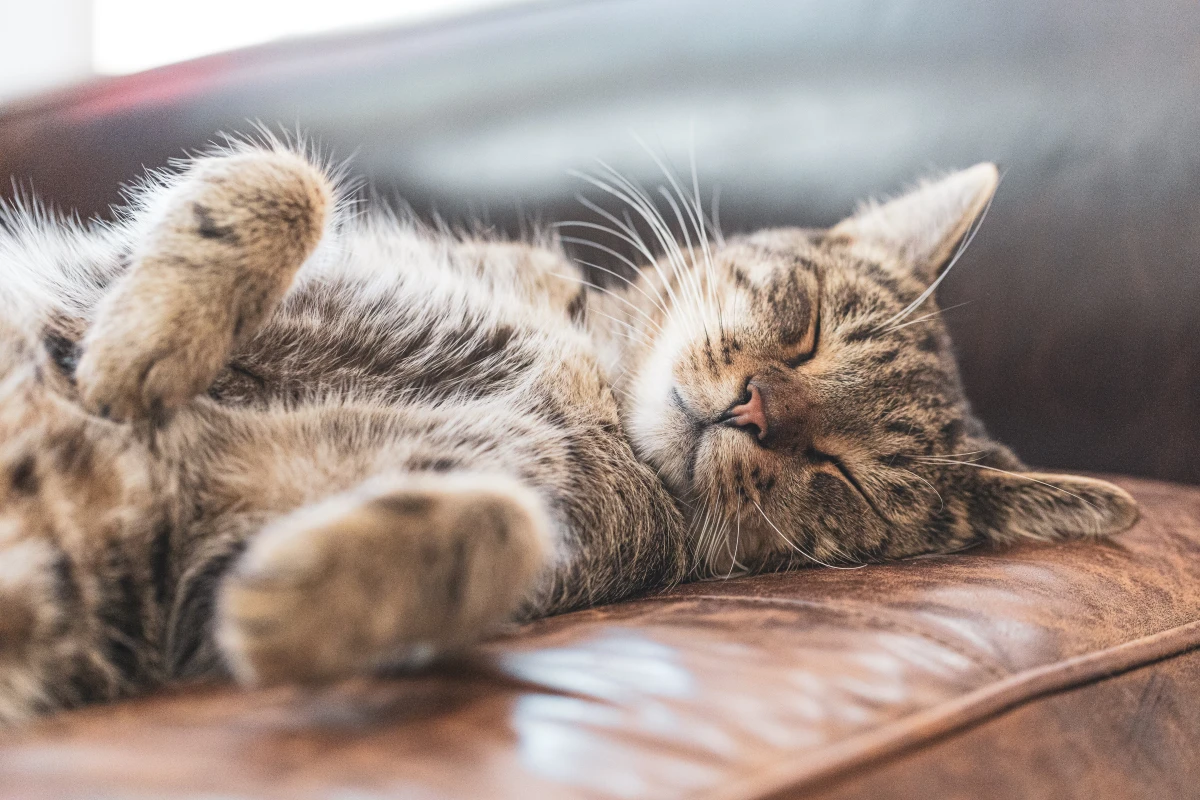
Myth 8: Spaying or Neutering Makes Cats Fat
This is a common excuse to avoid a critical procedure. The surgery itself doesn’t magically add weight. But it does change their metabolism, and that’s something you have to manage.
Removing the sex hormones can slow a cat’s metabolism by as much as 25-30%. So if your cat was eating 220 calories a day before the surgery, they might only need around 165 calories now. The problem happens when owners keep feeding the same amount of food. Fewer calories out, same calories in… it’s a simple recipe for weight gain.
It’s totally preventable! Just measure their food carefully and make daily playtime a priority. The health benefits of spaying and neutering—like preventing certain cancers and controlling pet overpopulation—far outweigh the easily managed risk of weight gain.
Myth 9: Cats Are Solitary and Don’t Like Other Cats
While some cats truly are happiest as the only pet, many thrive with a feline friend. The trick, just like with dogs, is a slow, patient introduction. Rushing it is the #1 reason it fails. I’m often called in after the fact, when two cats are already fighting and hiding. It’s so much easier to do it right the first time by following the same scent-swapping and slow visual introduction steps outlined earlier.
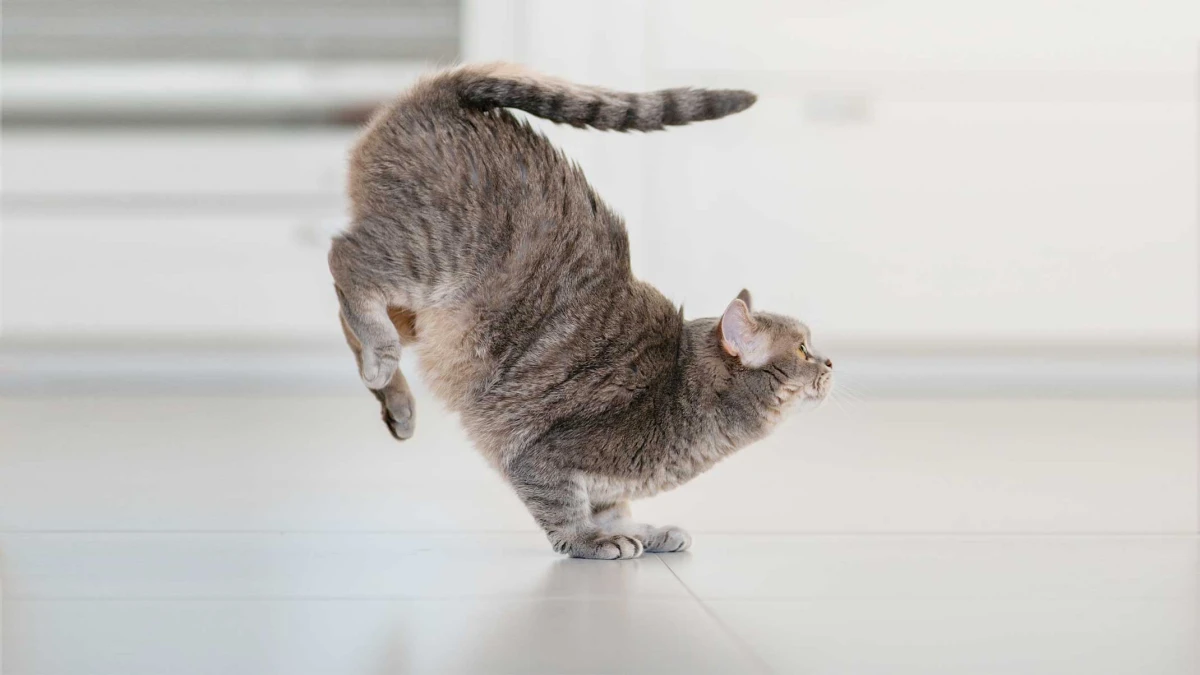
By letting go of these old myths, you open the door to a much deeper, more rewarding relationship. Cats aren’t mysterious little aliens. They’re incredible animals with their own language and rules. Once you learn to listen, you’ll be amazed at how much they have to say.
Inspiration:
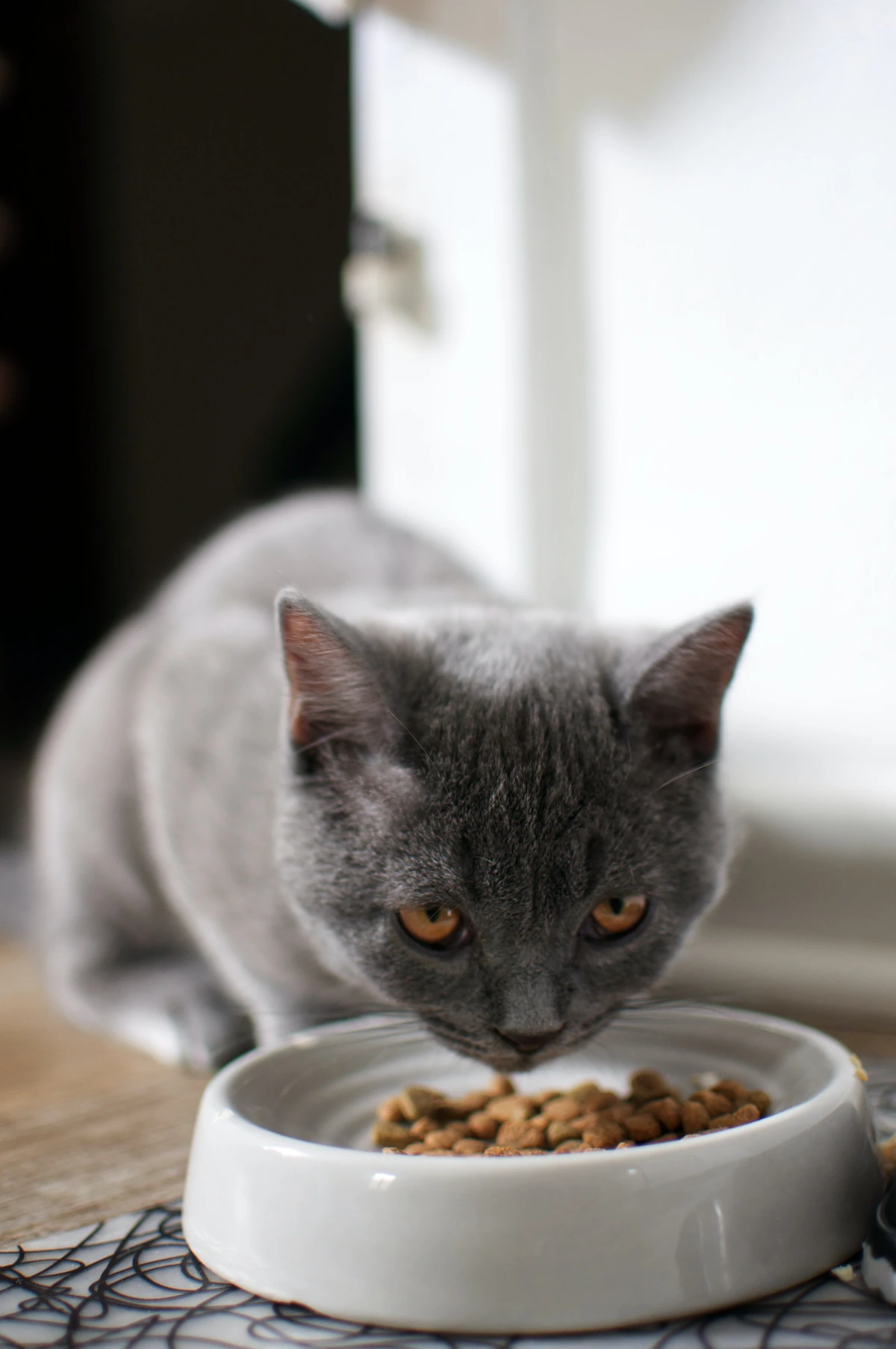
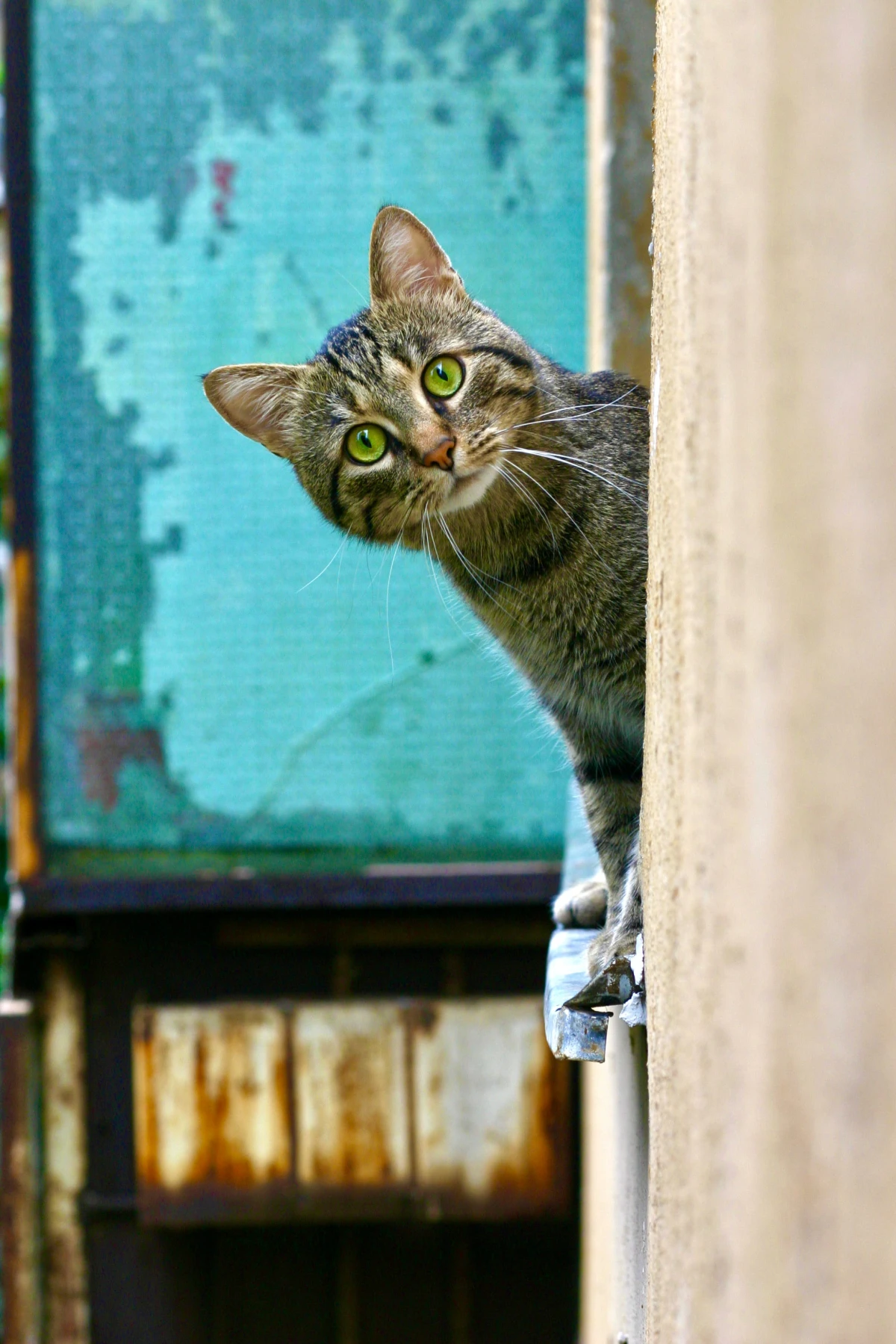
My cat sometimes pees right next to the box. Are they just being difficult?
It’s easy to think so, but this is almost never an act of spite. It’s a loud-and-clear signal that something is wrong. First, rule out a medical issue like a UTI with your vet. If they get a clean bill of health, scrutinize the litter box setup. Many cats dislike strong perfumes, so switch to an unscented, clumping litter like Dr. Elsey’s Ultra. They also often prefer open spaces over hooded boxes, which can feel cramped and trap odors. The golden rule for a peaceful home is to have one litter box per cat, plus one extra, ensuring everyone has a clean, safe spot to go.
A study published in the Journal of Feline Medicine and Surgery revealed that providing food puzzles significantly increases activity and reduces signs of stress in indoor cats.
This goes beyond just busting boredom. Engaging a cat’s natural hunting instinct is crucial for their mental well-being. Instead of simply filling a bowl, try using a puzzle feeder like the Catit Senses 2.0 Food Tree. It turns mealtime into a stimulating game, satisfying their need to forage and problem-solve. It’s a simple switch that can dramatically improve your cat’s quality of life.










